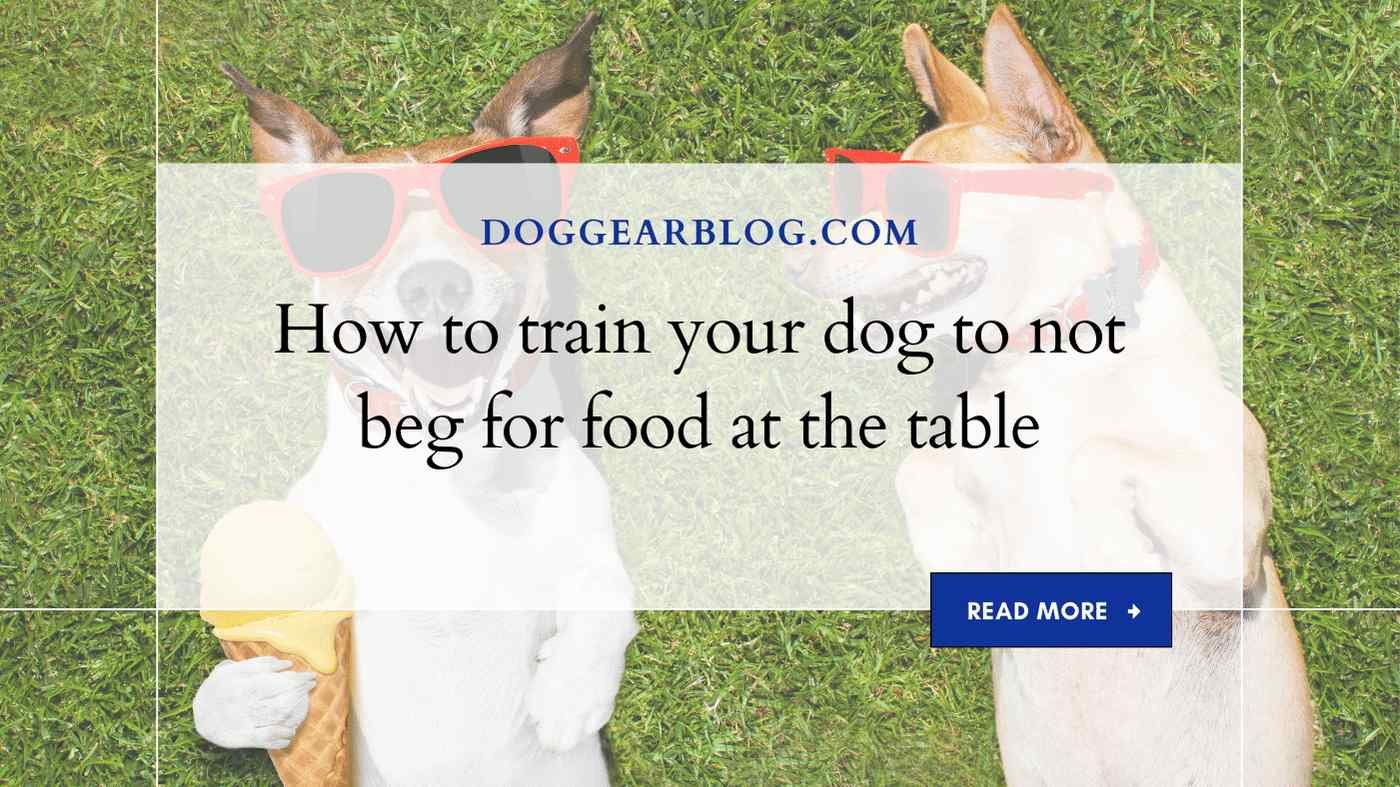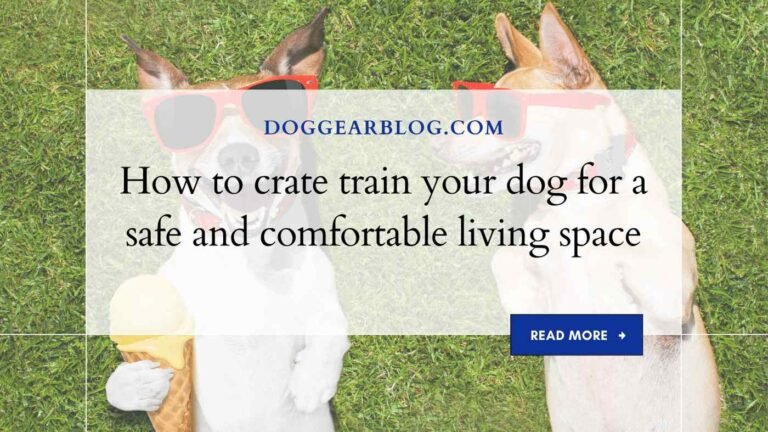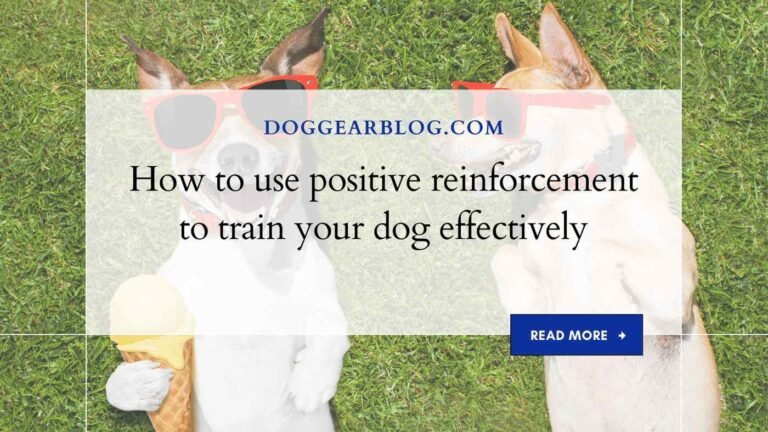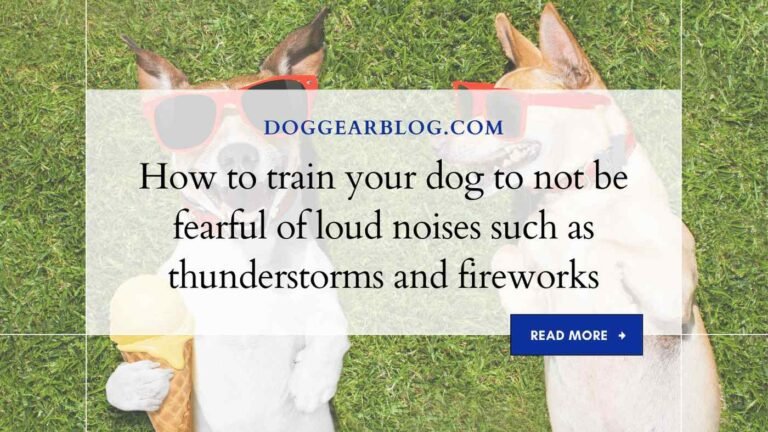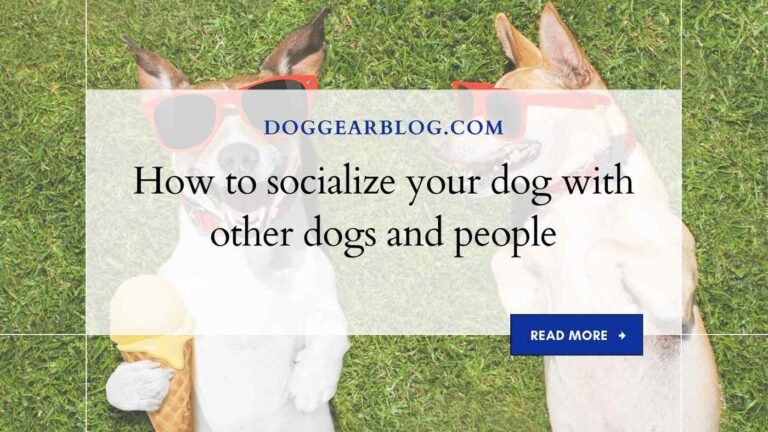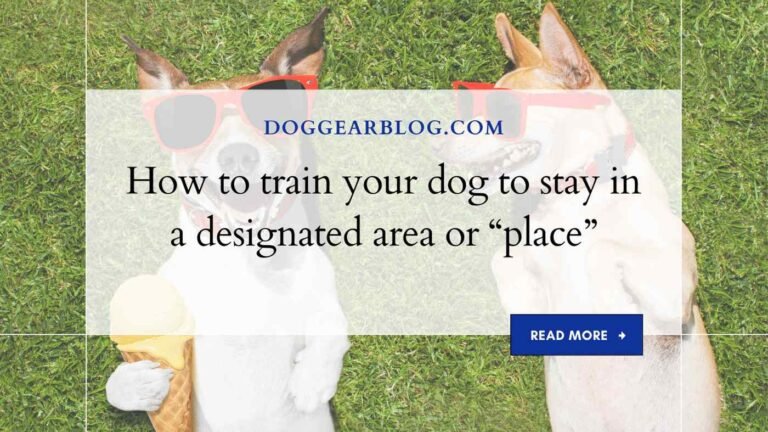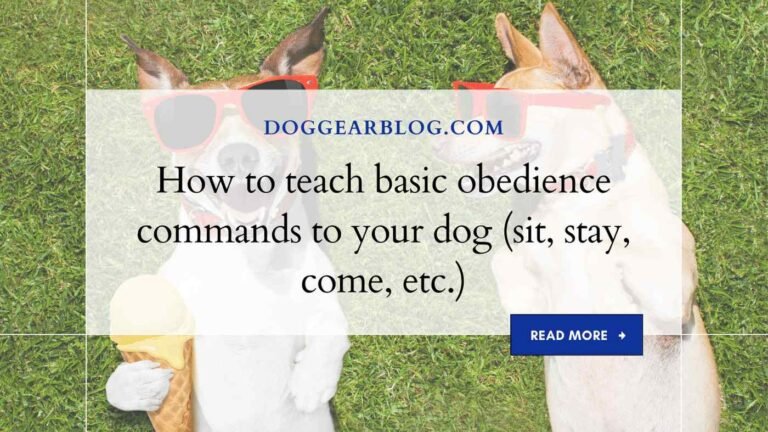How to train your dog to not beg for food at the table
We’ve all been there – enjoying a delicious meal with family or friends, only to have our furry best friend come begging at the table for some scraps. While it may be tempting to give in and share your food, it’s important to train your dog not to beg for food at the table. Not only is begging behavior annoying, but can also create bad habits and lead to weight gain.
In this post, we’ll provide you with simple yet effective tips on how to teach your dog proper mealtime etiquette so both you and your pup can enjoy a stress-free dining experience.
What is Behaviour Modification?
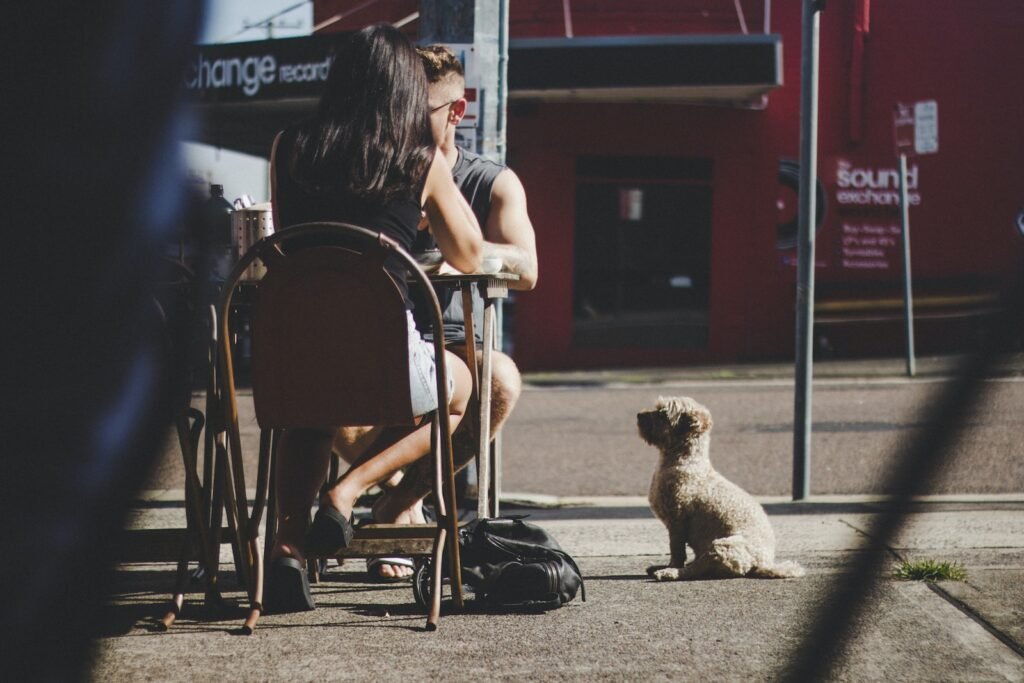
There is no single answer to this question as it depends on the individual dog and what works best for them. However, generally speaking, behaviour modification techniques can be used to teach dogs that begging for food at the table is not an acceptable behaviour. This can be done by rewarding positive behaviours (like following commands or staying away from food) and punishing negative behaviours (like begging). There are a number of different behaviour modification techniques that can be tried, so it is important to find one that works well with the individual dog and their specific situation.
Some common behaviour modification techniques include positive reinforcement (rewards like treats or petting), punishment (like verbal warnings or deprivation of favourite activities), and training exercises (like obedience training or durations of time spent in specific places). It is important to be patient and consistent with behaviour modification techniques, as it can take some time for them to work. However, overall, behaviour modification can be a very effective way to teach dogs that begging at the table is not an acceptable behaviour.
If you are looking for more information on behaviour modification, there are a number of resources available online. Some of the best sources of information include websites like dog-training-tips.com and PetMD.com.
Types of Behaviour Modification
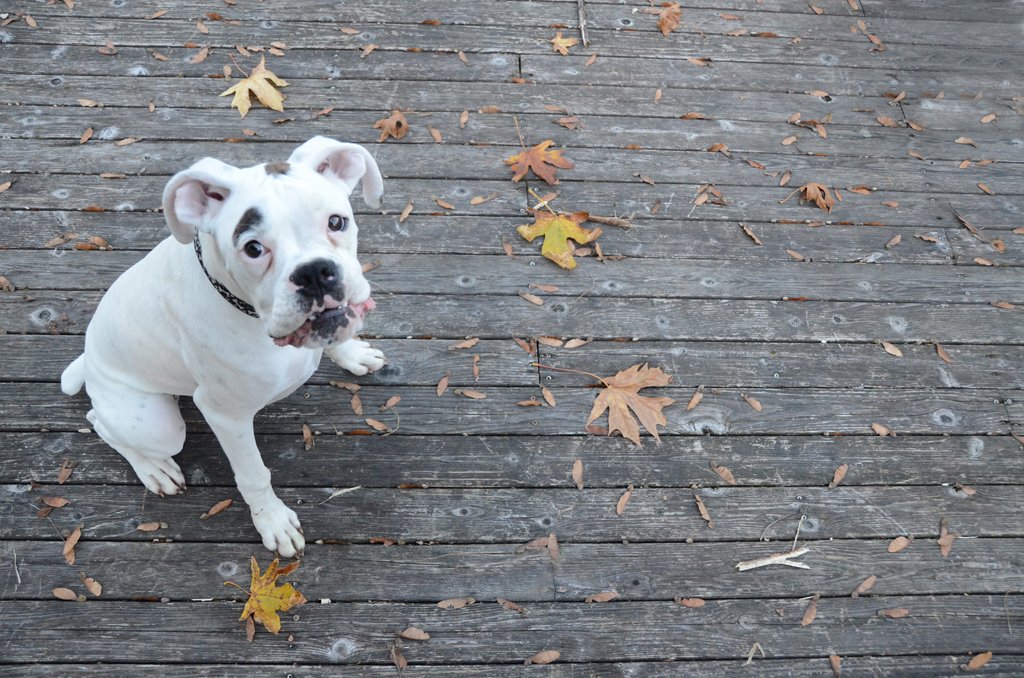
There are a few different ways you can train your dog not to beg for food at the table. The most effective approach is to teach them that they will get a toy or treat if they sit quietly while you eat. If your dog is older and has developed some bad behaviour around food, it may helpful to start by teaching them to sit when they receive treats on their bed or in another clearly designated area. Once your dog understands that they need to sit before receiving something, you can begin working on not giving them treats until they’ve sat down. You can use positive reinforcement, such as verbal praise and petting, to encourage good behaviour.
If your dog is younger, you may need to start with withdrawing food completely until the puppy or dog understands that they need to sit quietly for a treat. You can then begin adding small pieces of food until the pup realizes that sitting still for a biscuit or kibble entitles them to a few bites. If the pup becomes over-enthused about dinner and begins begging or jumping up on you, teaching them how to sit is a good place to start because it takes away some of their excitement and rewards them with something they enjoy (in this case, dinner).
Another approach is to use a food puzzle. This type of toy contains holes in it, and as your dog tries to get their mouth around the treats or toy, they are prevented from eating until they’ve solved the puzzle. This type of toy can be very helpful in teaching your dog that they need to sit for a treat, because if you place the puzzle in front of them when they’re eating their dinner, they know that sitting quietly will result in getting their meal.
How to Train Your Dog Not to Beg for Food at the Table
It is important to train your dog not to beg for food at the table. This can be a difficult task, but with a little effort and patience, you can successfully teach your pup not to beg for his favorite treat.
- Start by reinforcing good behavior when your dog does not beg for food at the table. Praise him lavishly when he maintains good manners and doesn’t ask for food from you. If he does beg, take one or two small cookies or rewards out of his dish, and only give them if he has been reliably following other good habits in the past.
- Make sure your dog always has something to do while he’s eating. Give him toys to play with or chew on while he eats his meals so that he isn’t constantly looking back at you for attention. Alternatively, put his kibble in a Kong ball or some other toy that can keep him busy and focused on what he’s doing rather than pining for your dinner bowl.
- Be consistent in your training methods. Stick to the same routine every time you feed your pup food from the table, and be patient with him as it may take a few weeks for him to learn the proper behavior discouragement cues. If all goes well, you’ll see a marked improvement in your pet’s behavior over time!
Tips for Training Your Dog to Stop Begging at the Table
If your dog is consistently begging for food at the table, there may be some underlying issues that you need to address. Some common causes of table begging behavior in dogs include lack of exercise, boredom, and frustration.
- Give your dog plenty of exercise every day. A tired dog is a less-demanding dog, and will likely not beg for food as regularly. Take him for a long walk or jog, play fetch with him, or let him run around in ao-free area outdoors.
- Add some extra toys and treats to his regular diet. Toys and treats are great ways to keep your pet entertained and distracted while he’s eating, which can help stop him from begging at the table altogether. Give him one or two small toys every day (or alternate between two different types of toys), and give him a treat whenever he plays with them for at least 5 minutes.
- Keep your pup busy during mealtime by giving him appropriate tasks to do. This could involve putting his kibble in a Kong toy, filling his water bowl with fresh water, or setting out his food bowl and providing some chewable treats . Doing these things will help keep your dog occupied and out of trouble while he eats.
- Talk to your vet about possible underlying issues that may be causing your dog to beg for food at the table. He may need some additional exercise, attention from you or his toys, or medication to help ease his frustrations. Your veterinarian can also provide some helpful tips for training your dog not to beg for food at the table.
Happy training!
Conclusion
Training your dog not to beg for food at the table can be a bit tricky, but it is definitely possible. There are several techniques that you can use to train your pup not to beg for anything – hopefully one of them will work for you and teach your dog what is considered acceptable behavior around food. With time and patience, you should be able to get your dog on a good behavior path with regards to eating at the table.
Be consistent with your training – offer food only when your dog has actually sat down and shown verbally or physically that he or she is expecting a meal. Avoid using harsh tones of voice, as this could create further tension in the home and make it more difficult for you to train your dog. Keep rewards (such as petting) available as a way to praise your pup for good behavior and help to cement the new behavior.
